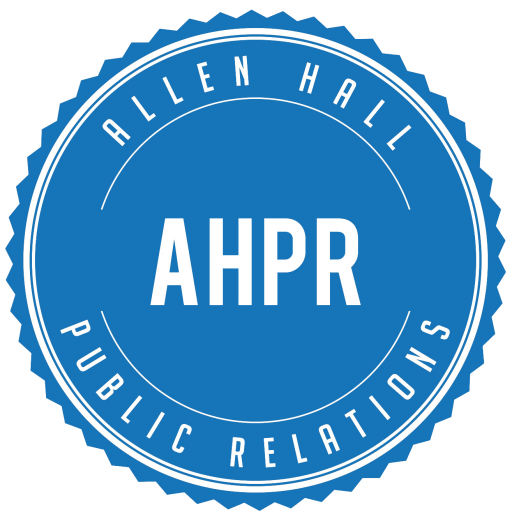Whether it is interviewing for your dream job, meeting with an important client or simply giving a presentation, making a good impression is essential. The University of Oregon’s SOJC gives PR students the opportunity to present their portfolios to faculty and professionals at the end of their required sequence. Although it can be intimidating, this opportunity is invaluable for students about to step foot into their careers.
The Portfolio Review process begins with a 20-minute portfolio presentation and ends with feedback from PR professionals in regards to their portfolio, presentation or both. At this point in the students’ sequence, their portfolio has been fine-tuned by faculty and other peers. In order to provide a complete and polished package, each student should review these eight tips before giving their presentation.
- Practice and prepare. Create a rough outline of topics you would like to cover. You do not want to sound over-rehearsed or robotic during your presentation, but you also want to be prepared. Practicing the night before will give you a good sense of how long your presentation is and it will give you confidence for when it is time for presentations. It is also helpful to have a friend listen to you. They will pick up on things you might not have otherwise realized and it will give you the chance to practice your eye contact and body language.
- Dress the part. If you dress professionally, not only will you impress your panel, but you will also feel better about yourself. Make sure that your outfit is appropriate, clean and ironed.
- Relax, smile and breathe. Possibly the most important aspect of any presentation is remembering to stay calm. According to a study done by Chapman University, public speaking is the number one fear among Americans. Being able to control your nervous habits will allow you to give a better presentation.
- Remember you are telling a story (about you!). Although the portfolio review process can seem rigid, remember that you are just telling someone about yourself. Include personal anecdotes about each one of your projects and talk about obstacles you overcame. Making your portfolio personal will connect you to the reviewers.
- Be yourself. Again, it is all about showing others the work you have done. Just like a job interview, you are the center focus and should therefore give the best representation of yourself as possible. Having confidence in the work you have done will show through when it comes time to present your work.
- Bring business cards. This may seem like an unnecessary measure, but it will show that you are ready to be professional. It means you went the extra mile to prove that you know what you are doing. It is also a great way to build a professional network. Your panel might be impressed with your work and would want to keep in touch with you (i.e. LinkedIn, etc.).
- Finish strong. The end of a presentation could not feel any better. Being in the final stretch is exciting, but the last couple of minutes are crucial. A 20-minute speech is long, but having the ability to leave a positive final impression is important. Do not end abruptly; rather, remember to highlight your previous talking points, just like the conclusion in an essay.
- Remember to follow-up. Writing thank-you notes may seem old-school, but it is a nice gesture that shows that you are grateful for the time these PR professionals took out of their busy day. Handwritten notes are preferable, but if that is not an option, a personalized email will do the trick.
– Katie Cooper is a junior studying public relations and minoring in business administration at the University of Oregon. She has lived in five different states so far and has grown to love experiencing new places. She hopes to continue her love of travel by studying abroad sometime in the next year, but doesn’t know where yet. After graduation she hopes to pack her bags and head for Los Angeles to pursue a career in the film industry.
Feel free to follow Katie on Twitter or connect with her on LinkedIn.

